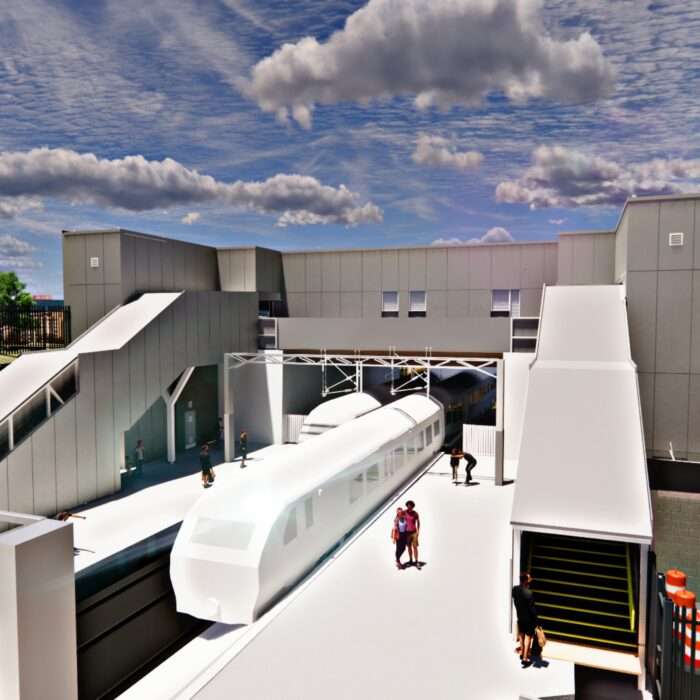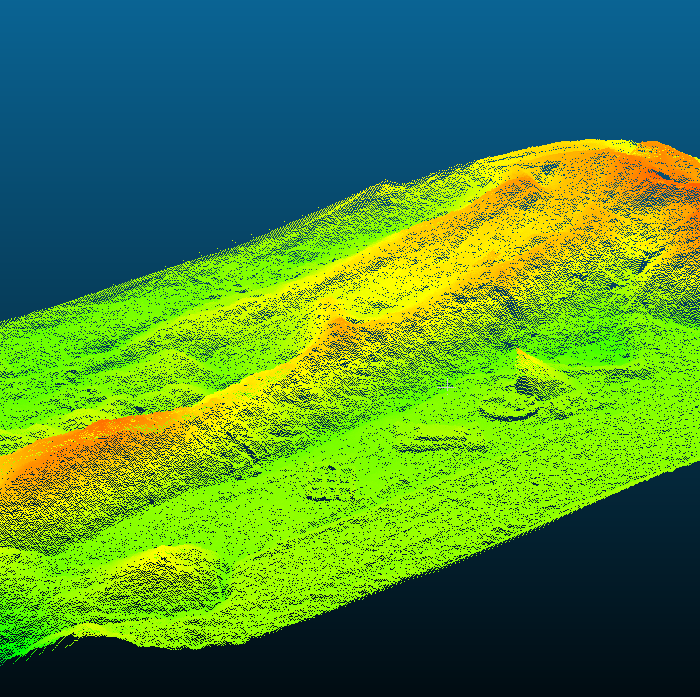Managing the flow of pedestrians is an important consideration for any new build or refurbishment project. Whether you need to consider the movement of employees, students, visitors or customers through your buildings and spaces, pedestrian flow modelling can help.
What we do
Our team of engineers and planners are able to use cutting-edge Oasys MassMotion software to predict and plan the movement of hundreds of thousands of individuals across a wide variety of environments, such as:
- Car Parks
- Education Facilities
- Leisure Facilities
- Manufacturing Facilities
- Parks & Stadiums
- Public Spaces
- Rail Stations & Platforms
- Retail & Commercial
- Transport Hubs
How we can help
Our pedestrian simulation, analysis and modelling tools recreate crowds in real-life situations to test complex designs quickly within a 3D model, allowing businesses to witness in real-time how people will use their spaces.
As a result, we can work with businesses to optimise layouts for space utilisation, enabling them to create or alter a space so that it is functional, efficient and safe.
Why use Pedestrian Flow Modelling?
- The use of proximity analysis tools gives our clients the insights they need to understand different scenarios for operating sites or structures
- Our proximity analysis tools allow clients to assess a 3D model of their space and set distancing rules (such as 1m or 2m) to analyse how people will behave within their spaces
- Our clients have been able to put in place the necessary planning and measures for their spaces to be safe and compliant with rules and regulations including government guidelines around the recent pandemic
Benefits
Key benefits of using Pedestrian Flow Modelling include:
- Ability to rapidly explore different pedestrian flow scenarios to suit your requirements as they evolve
- Flexibility for adaptation throughout the lifecycle of the spaces as circumstances and legislation may change
- Capability to model out different pedestrian flow scenarios based on a variety of rules and guidelines
- Plan ahead Health & Safety protocols for extreme circumstances and events such as fire evacuation procedures during Covid-19
- Use of reliable and accurate data to make the right decisions about your facilities




